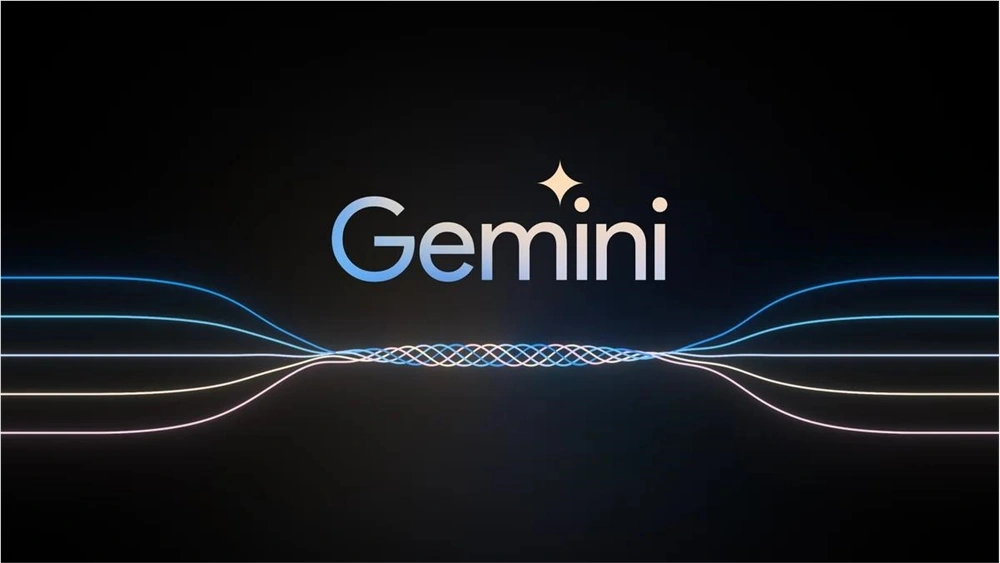Recently, Google DeepMind officially launched the new Gemini 2.5 Flash-Lite model, which has attracted widespread attention and heated discussions in the industry with its ultra-low latency and excellent ability to generate interactive interfaces in real time. This model not only continues the multimodal and long context window features of the Gemini 2.5 series, but also shows unprecedented UI design innovation potential and is regarded as the prototype of future interactive interfaces. Next, let's take a deeper look at this highly anticipated model.
Real-time UI generation: Breaking the static and moving towards dynamic
The most outstanding highlight of Gemini 2.5 Flash-Lite is its powerful ability to generate interactive interfaces in real time. Based on the contextual information of the previous screen, the model can automatically generate the UI code and related content of the next screen at the moment the user clicks a button. This dynamic generation technology completely subverts the traditional static UI design model, allowing users to obtain completely different interfaces each time they interact, greatly improving the personalization and flexibility of interaction.
For example, when a user clicks the "Settings" button, Gemini 2.5 Flash-Lite can accurately infer the context and generate an interface with rich content such as display settings, sound settings, and network settings. Each frame can accurately respond to user needs. It is worth mentioning that the model runs at an amazing speed of 461 tokens per second, ensuring that users can enjoy a low-latency, high-smoothness quality experience.

Core technology: multimodal fusion and intelligent reasoning
Gemini 2.5 Flash-Lite supports context windows of up to 1 million tokens and has powerful multi-modal input processing capabilities, which can easily handle data in various forms such as text, images, and audio. At the same time, through tool call functions (such as Google Search and code execution), it can achieve effective integration of real-time information.
In addition, the controllable thinking budget function built into the model provides great convenience for developers. Developers can dynamically adjust the "thinking time" of the model according to the complexity of the task, so as to find the best balance between performance and cost. In multiple benchmarks such as coding, mathematics, science, and reasoning, the performance of Gemini 2.5 Flash-Lite has been significantly improved compared to the previous generation 2.0 Flash-Lite, especially in high-throughput, latency-sensitive tasks such as translation and classification.
Future vision: The prototype of interactive operating system is emerging
The innovative significance of Gemini 2.5 Flash-Lite goes far beyond UI generation. The industry generally believes that this model heralds the birth of a new real-time interactive operating system. Users can adjust and customize interface elements in real time through voice or interactive actions, without relying on traditional design tools. This "no fixed interface" design concept allows the UI to dynamically generate content according to user needs, greatly improving the freedom and intelligence of interaction.
For example, users only need to input "show my schedule" through voice input, and the model can quickly generate a customized schedule interface and dynamically adjust the displayed content based on subsequent interactions. This capability brings new possibilities to developers and enterprises, especially in mobile, web and AR/VR scenarios.
Application scenarios: from prototype design to production implementation
Gemini 2.5 Flash-Lite has shown great application potential in many fields. In the development field, developers can use its ability to quickly generate code to quickly convert large PDF files into interactive web applications, thereby greatly improving the efficiency of information processing. In terms of enterprise applications, corporate customers use the Vertex AI platform to use this model to build low-cost, high-efficiency AI solutions, such as real-time voice assistants and automated workflows.
Currently, Google DeepMind said that Gemini 2.5 Flash-Lite is available in preview version on Google AI Studio and Vertex AI. Developers can quickly integrate it through APIs to explore its application potential in production environments.
Market response: Perfect balance between speed and cost
Gemini 2.5 Flash-Lite has been enthusiastically sought after by developers for its low cost and ultra-low latency. Compared with the previous generation model, this model further reduces the computing cost while maintaining high performance, and is particularly suitable for high-throughput application scenarios. Industry insiders pointed out that as the performance of AI models gradually converge, speed and cost will become key factors in future competition, and Gemini 2.5 Flash-Lite is undoubtedly at the forefront in this regard.
In addition, Google has simplified the pricing structure of the Flash series, eliminating the price difference between the "thinking" and "non-thinking" modes, and providing developers with a more transparent cost control solution. It is expected that by July 15, 2025, Gemini 2.5 Flash-Lite will completely replace the early preview version and become the mainstream choice in the market.
The release of Gemini 2.5 Flash-Lite marks a new height for AI-driven UI design. Its ability to generate interactive interfaces in real time not only provides developers with efficient tools, but also brings users an unprecedented personalized experience.
In the future, as the model speed and intelligence are further improved, we have reason to look forward to the arrival of a more flexible and intelligent interactive era.
